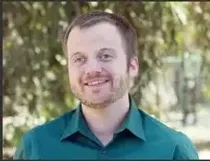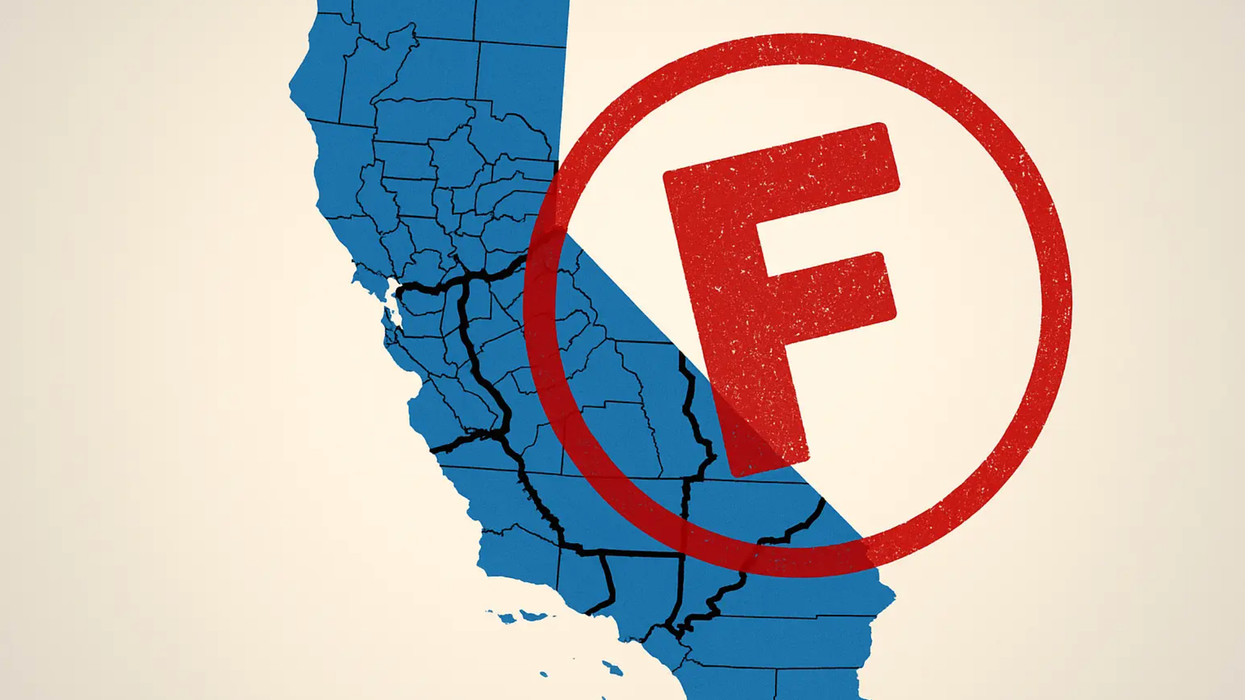Griffiths is the national editor of Independent Voter News, where a version of this story first appeared.
The 2024 election cycle is already a historic year for election reform. Six states plus the District of Columbia have measures on the Nov. 5 ballot that open taxpayer-funded primary elections to voters outside the Republican and Democratic parties.
It is the first time in U.S. history that this many statewide primary reform initiatives have been offered up in the same election, something reform leaders are celebrating as they rally citizens to show their support for open primaries.
“The national open primaries movement has been working for years to build this kind of critical mass. It’s a huge accomplishment,” said Jeremy Gruber, senior vice president of the nonpartisan reform group Open Primaries.
The organization’s president, John Opdycke, and former presidential candidate and Forward Party founder Andrew Yang are slated to co-host a Virtual Open Primaries Rally to support the measures that advance reform and protect it where it's threatened.
The event is scheduled for Monday, Oct. 21, from 6 p.m. to 7 p.m. Eastern. Open Primaries promises attendees “will walk away with a deep appreciation for the incredible work each of these campaigns has done to give voters a powerful way to impact our political system.”
In total, there are eight measures in 2024 that affect primary elections – and in a few cases, voting reform as well:
Alaska: The “No on 2” campaign is fighting a ballot measure that would repeal the nonpartisan top-four primary with ranked-choice voting in the general election reform voters approved in 2020.
Arizona: Proposition 140 ends taxpayer-funded partisan primaries in the state and requires state lawmakers or the secretary of state to adopt a nonpartisan system.
Colorado: Initiative 310 implements a nonpartisan top-four primary system with ranked-choice voting in the general election.
Idaho: Proposition 1 implements a nonpartisan top-four primary system with ranked-choice voting in the general election.
Montana: CI-126 implements a nonpartisan top-four primary system.
Nevada: Question 3 implements a nonpartisan top-five primary system with ranked-choice voting in the general election.
South Dakota: Amendment H implements a nonpartisan top-two primary system.
Washington, D.C.: Initiative 83 opens the city's partisan primaries to independent voters. Registered party members would still vote in their respective party's primary. It also implements ranked choice voting for all District elections.
"We have a real opportunity to create meaningful reform across the country this November," Gruber said. "The success of some or hopefully all of them will mean a serious step forward in democracy reform."
Registered independent voters outnumber members of both major parties in three of the states with reform on the ballot: Alaska, Colorado, and Nevada. Nationally, polling shows a majority of voters in the US identify as politically independent.
"I don't think it is a coincidence that the same year Gallup found that 51 percent of Americans are now independent is the same year the largest group of ballot initiatives for open primaries is going to appear on the ballot," Gruber said.
He added that the growth of independent voters "is forcing reform at every level of government and we are excited to help enforce and grow the movement to make sure every voter gets to vote for anyone they want in every election."
Combined, the eight ballot measures in 2024 impact the voting rights of more than 4.5 million citizens.
In Arizona, for example, 1.26 million voters are registered unaffiliated. A nonpartisan primary system would create a primary ballot open to all voters and candidates, including independents and 300,000 Arizonans registered third party or “Other.”
Meanwhile, in Alaska, returning to a closed partisan primary system would mean cutting out over 60 percent of the registered electorate from taxpayer-funded elections.
Arizona, Colorado and Montana have partisan primary systems that allow independent voters to participate without changing their registered affiliation, but they limit choice to the candidates of a single party.
Nonpartisan primaries would allow all voters to choose any candidate they want. But it is not just that open primaries are on the ballot in 7 states and DC. Gruber emphasized the diversity in approaches to primary reform.
"Not only are there going to be eight separate ballot initiatives around open primaries for voters to vote on this November, but they comprise 5 separate forms of open primaries. It is an incredibly diverse and rich landscape of activity," he explained.
He added that there is no "one size fits all" policy.
"Every state is coming to the issue of primary reform and the need to enfranchise the largest group of voters in the country with very different perspectives about what will work in their state and what is the right path forward for their state," he said.
The campaigns behind each initiative are focused on getting out the vote this election and tout broad support for their proposals. However, they also face their own unique challenges from opposition primarily from the parties and special interest groups in power.
Each campaign will have a spokesperson present at the Virtual Open Primaries Rally to speak to their momentum, their support, and the barriers they’ve overcome ahead of Election Day. Attendees are encouraged to directly engage with them in a live Q&A.
"All of those leaders will be at this rally to explain how they got to where they are and their particular version of reform and why it matters in their state," Gruber said. Open Primaries has also teased a special guest or two that will make an appearance at the event.
Along with Open Primaries and the Forward Party, the Virtual Open Primaries Rally is sponsored by Unite America, Independent Voting, Independent Voter Network, and Veterans for All Voters.
"Open Primaries has been fighting for primary reform for literally decades, long before it became a reform that people even thought was legitimate," Gruber remarked.
"To be able to see the movement growing and expanding with new people and organizations entering it every day is incredibly gratifying, because we will have to continue to grow this movement in order to really succeed at changing democracy around the country and enfranchising every independent voter who wants to vote in the primary."
Representatives from these organizations will also be on hand to engage in the live discussion. Voters can register for the event here, and are encouraged to invite family, friends, and colleagues to show up en masse for primary reform in 2024.



















